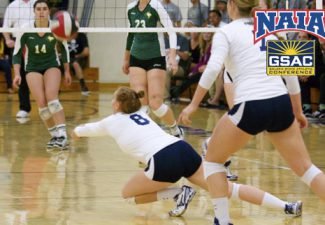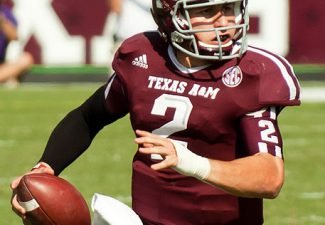November is a time of year in which a few things are expected: leaves turning color, cooler weather, and the beginning of the NBA season. The start of November has come and gone and Christmas is drawing near, and there has yet to be a foot set in the Staples Center or a basketball bounced on the hardwood.
The NBA lockout, a bitter phrase that had become a daily conversation in households, dorm rooms, and on every sports radio channel, has done a 180 and is back in business.
In order to fully understand why it happened in the first place, you need to rewind twelve years to 1998-1999 when a lockout threatened to cancel the entire season. Midway through, a deal was reached in which players and owners made a collective bargaining agreement. This called for a six-year treaty between the players and owners.
Fast-forward to 2005 in which both players and owners negotiated an extension, which included a clause that guaranteed all players 57 percent of the NBA’s basketball related income, or BRI. BRI is money that is generated from all revenue streams in the NBA, including ticket, parking, concession sales; broadcasting rights, exhibition game proceeds, playoff tickets, sponsorships, promotions, and anything else pertaining to the sport.
So what was the problem? Last year, the NBA lost $300 million, landing 20 of the 30 teams in the Red. The need for some kind of change became clear, thus beginning the re-negotiations and the start of the lockout on July 1,2011. At first, the players demanded that they maintain the quo of 2005, which gave them 57 percent of BRI, but the owners’ demands were to cut the salary league-wide by 40 percent and to cap each team’s total salary per year at $58 million across the board, which was $13 million less than the previous year. Since then, the players conceded to 54 percent and now 52 percent, which was a 4.5 percent decrease from their original demands. The owners countered with the suggestion of 47 percent, which the players quickly turned down.
Los Angeles Laker and President of the NBA Players Association, Derek Fisher, was quoted saying that even a 50/50 split would not adequately compensate players for their services in the league.
On Nov. 15, the players filed a lawsuit against the league for antitrust violations claiming that, “Rather than competing for the players’ services, the defendants have combined and conspired to eliminate such competition among themselves for NBA players through group boycotts, concerted refusals to deal, and agreements on restricting output and fixing prices.”
Games were cancelled through December and the possibility of losing an entire season was becoming a reality. Aside from all of the disagreements and and confusion among the NBA, there was hope for a 66-game season scheduled to begin this Christmas. As of now, owners and players have reached a tentative agreement over the weekend that will allow teams to hold training camps, beginning Dec. 9, to keep in shape until the final verdict.
The lockout remains in effect until the players reconstitute their union, dismiss their lawsuit, and finish the final details of a new agreement with the league, and of course, the owners accept the deal. It is predicted that the NBA will release its new schedule in the next week or so. In the meantime, we can all thank God for college basketball.

 NHL’s Top 4 In Week 4
NHL’s Top 4 In Week 4 Tragedy Felt at the Winter X Games in Aspen
Tragedy Felt at the Winter X Games in Aspen Carla Cantarella: NAIA Volleyball Player of The Week
Carla Cantarella: NAIA Volleyball Player of The Week Jonathan Manziel vs. Johnny Football
Jonathan Manziel vs. Johnny Football
Hey girl. nice work . I learned a lot reading it even if it is old news. I am proud of you and your work..Keep it up.